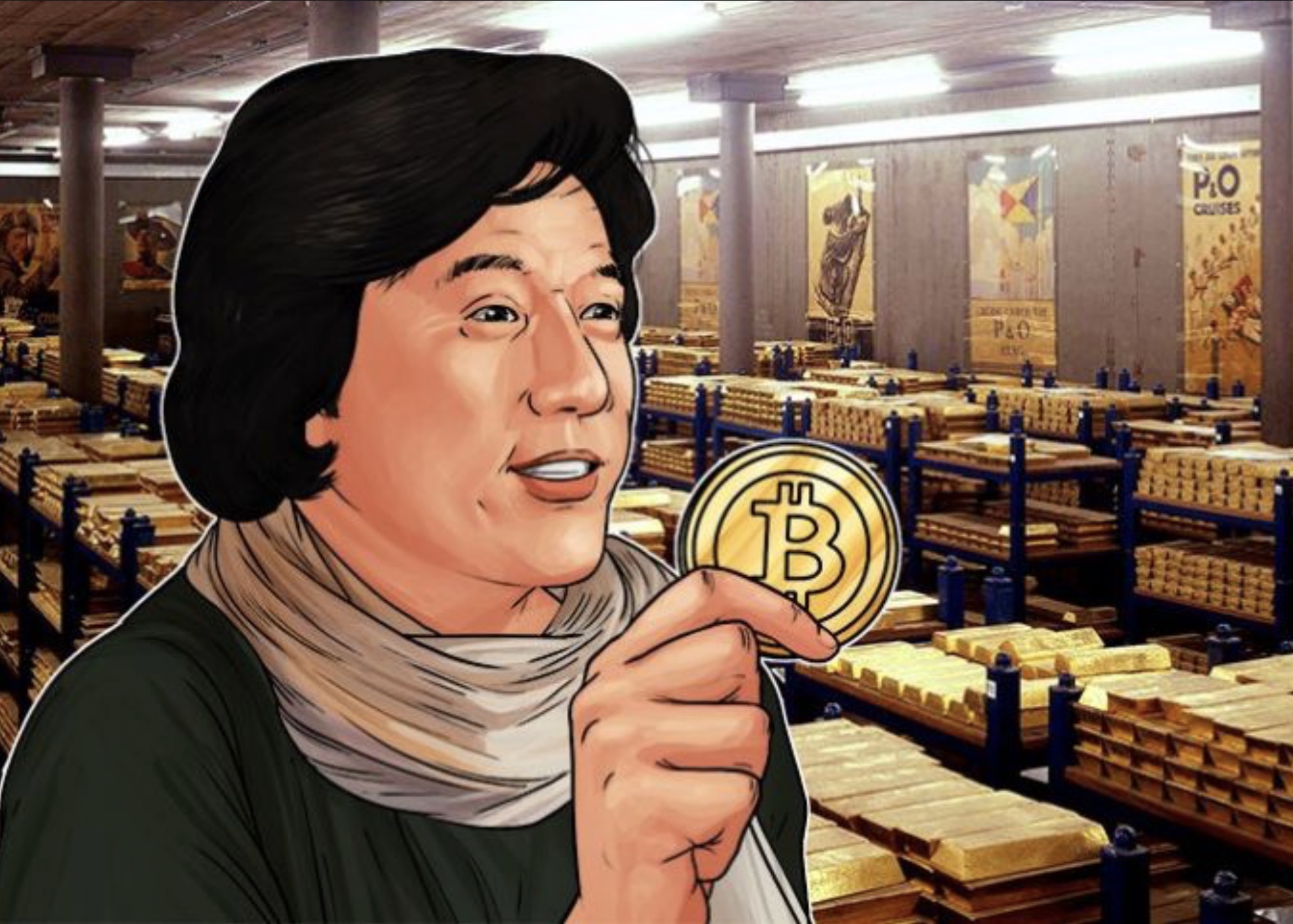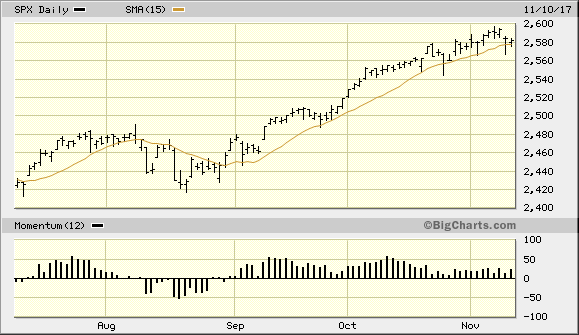While these resentments may reveal real disenfranchisement of ethnic minorities in Central Europe, politicians, especially populist figures, have seized on the outsider narratives inherent in the diaspora experience.
As the April 2018 election approaches in Hungary, Prime Minister Viktor Orban has been reaching out to the Hungarian minority in Romania, drawing criticism from Romanian leaders, while his supporters insist he is trying to lend his support Hungarians everywhere.
Rooted in History
Tensions between Romania and Hungary can be traced back to World War I and the Treaty of Trianon.
Although the Treaty of Trianon ended hostilities between the Allied Powers and the Kingdom of Hungary, the peace came at a great price to the Austro-Hungarian successor state. Hungary lost 2/3rd of its population and territory, leaving the former imperial hub landlocked in the heart of Central Europe. Most of its territory was ceded to Yugoslavia, Czechoslovakia, and Romania, as well as Austria, Italy, and Poland. Romania was granted the entire region of Transylvania, where an estimated 1.3 million ethnic Hungarians reside, making Hungarians Romania’s largest minority.
The loss of such a large chunk of territory and population would certainly leave its mark on national memory. Recently in Hungary, politicians
Speaking on the June 4th anniversary of the Treaty of Trianon, Jànos Làzàr, Minister of the Hungarian Prime Minister’s Office, called on the beneficiaries of the treaty to apologize, insisting, “Trianon was a
Diaspora Politics
This isn’t the first time Lazar has intervened on behalf of Hungarians in Romania. Last spring, Lazar interceded in the case of an ethnic Hungarian brewer, Andras Lenard, in Romania who was being pressed by Heineken. Heineken was suing the upstart brewer claiming that their names, although different languages, were too similar. Hungarian politicians reacted by calling for a boycott of Heineken products as well as proposing legislation to ban the use of the Heineken red star as a communist symbol. Heineken responded by dropping the charges against Lenard.
The intervention of Hungary on behalf Lenard reflects a larger government policy of considering the Hungarian minority in Romania as Hungarians. In 2010, the Orban government expanded Hungary’s citizenship laws, making ethnic Hungarians in neighboring countries eligible for citizenship and therefore voting privileges. As the 2018 parliamentary elections appear on the horizon, Hungarian Prime Minister Viktor Orban has been encouraging Hungarians in other Central European countries to register to vote.
Orban doesn’t just encourage the dual-national Hungarian minority in Romania to vote in Hungarian elections, drawing further criticism from Romanian figures.
Romanian critics of Orban have accused him of trying to meddle in their politics. Former President Traian Basescu even called for the removal of the Hungarian ambassador from Romania.
As of 2017 the program offers a three month long ReConnect Transylvania program. Participants in this program will spend 3-6 months working with an NGO in Transylvania to “discover the deepest layers of being Hungarian.”ReConnect Hungary also now offers a week long extension on the original two
ReConnect Hungary is part of a larger trend called diaspora tourism. Proponents of the trend argue that it cultivates a sense of cultural heritage abroad and encourages tourism, while critics claim local leaders are using it to manipulate foreign nationals.
Cultivating strong national identity abroad can be a powerful tool, and not just in dual-citizens. Hungary has already seen some success in this regard. In 1987 the Hungarian Human Rights Foundations, comprising of second generation American citizens, successfully lobbied congress for the removal of Romania’s Most Favored Nation status. The lobbying efforts were in response to the human rights violations of the communist regime, as well as specific abuses of the Hungarian population in Romania.
- Source, Zero Hedge











